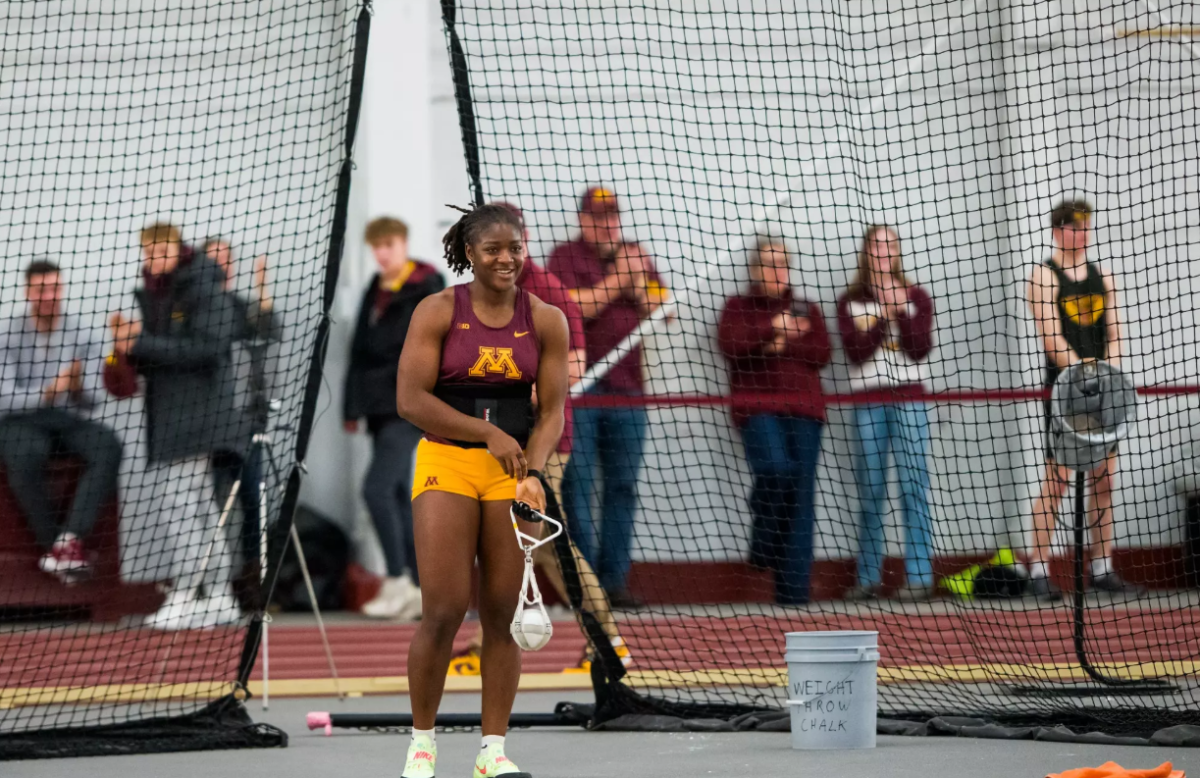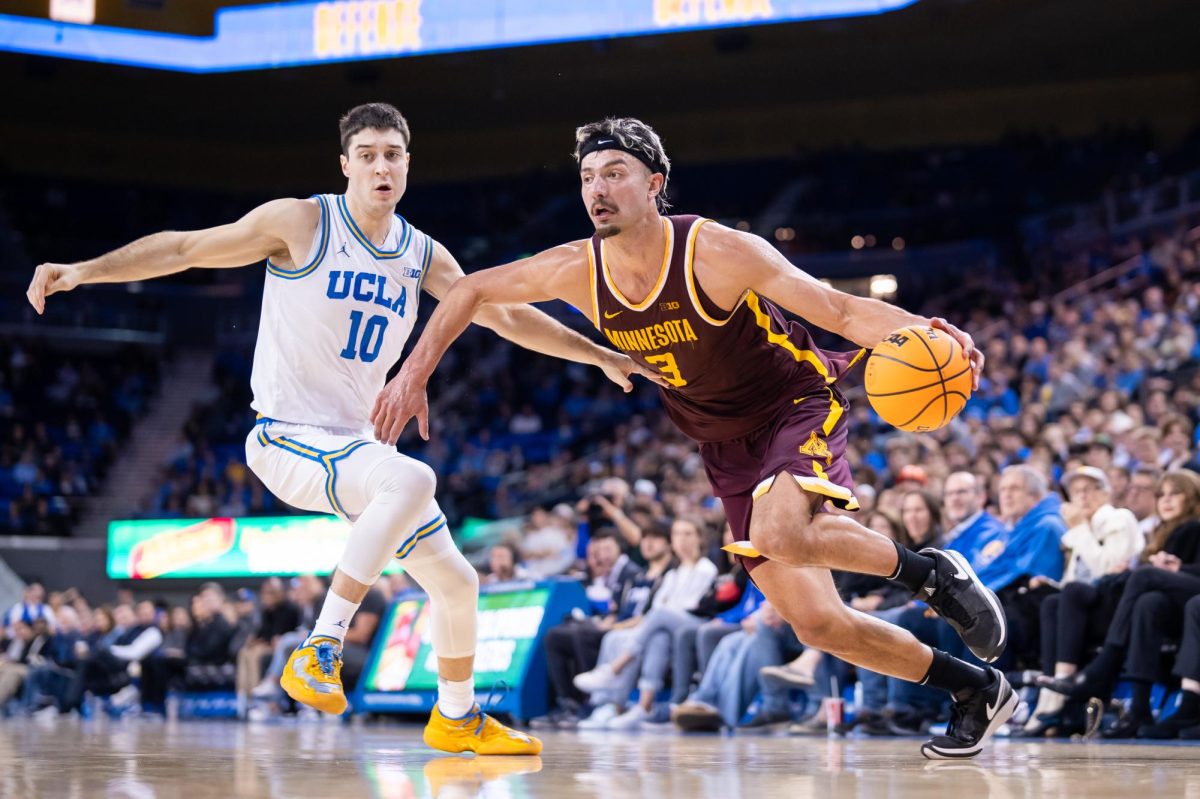 Before the Colorado State game, junior linebacker Jonathan Celestin said he told junior defensive tackle Steven Richardson that he owed him some tackles for a loss of yards (TFLs).
Before the Colorado State game, junior linebacker Jonathan Celestin said he told junior defensive tackle Steven Richardson that he owed him some tackles for a loss of yards (TFLs).
Richardson took that to heart.The junior defensive lineman had one of his best career games that Saturday and totaled four TFLs to cause problems all day for Colorado State’s offense. A “disrupter,” as defensive coordinator Jay Sawvel calls him, Richardson has played at an elite level all season and has demonstrated his quickness on the pass-rush and run defense.
“He was consistently in the backfield, and … that creates an issue that maybe some people don’t always count on, scheme-wise,” Sawvel said. “Having the ability to have a guy who can do that is a big benefit.”Richardson leads the team with five TFLs and is already closing in on his total of eight from last year. Richardson has stepped up since last year and has garnered large-scale attention.

“I notice [the national attention],” Richardson said. “I send it to my mom. Made her smile a little bit, but it’s going to be a long season. Far away if anything happens.”
Steve Palazzolo, a senior analyst at Pro Football Focus (PFF) — a website that grades every player on every play in the Football Bowl Subdivision — is one person who has noticed Richardson’s dominant start.
PFF grades players on a 0-100 scale. Those who achieve a 90 or higher are considered elite. The 85-89.9 players are regarded as high-quality.
Richardson has earned an 89.0 overall grade by PFF this season which makes him the second best interior defensive lineman in the entire FBS.
Palazzolo said Richardson has been good at stopping the run but has also disrupted opposing quarterbacks.
“He’s really been a handful for centers and guards, penetrating, getting off blocks, disrupting running plays mostly, but also getting a lot of pressure on the quarterback,” Palazzolo said. “He’s done a nice job in the run game and as a pass rusher.”
Richardson was a much better defender on the pass rush instead of on the run defense last year, according to PFF.
Even with his shortcomings on run defense, Richardson still finished the 2015 season as Minnesota’s third best defensive player, according to PFF. Former linebacker De’Vondre Campbell and senior cornerback Jalen Myrick were ahead of him.
“Last year, he was just getting blocked a little bit more often,” Palazzolo said. “Whereas this year, he looks a step quicker in the gap, but he’s also able to stay low and get off blocks … I think he’s done a much better job this year finding the ball and disrupting the run game.”
Richardson said he thinks he’s improved on his run defense as well by keeping his pads low and also focusing on the pass rush.
Head coach Tracy Claeys said he thinks it’s obvious why Richardson has gotten better defending the run: he’s finally healthy.
The junior missed three games last year as he was nursing a calf injury. “[Richardson has] played well, especially against Colorado State. I don’t know if they recruited him or made him mad, whatever,” Claeys said. “He’s healthy, so he is a special talent, and hopefully, we can get that out of him every week and keep him healthy.”
Height is often brought up when discussing Richardson. He is listed as six feet tall, the smallest defensive lineman on the team by two inches.
Palazzolo said he believes that some NFL teams may overlook Richardson because of this.
“It is early, and it’s tough to gauge him against the entire class … unfortunately, he’s the type of guy that will get the undersized label and will probably end up as more of a late-round type of target for teams,” Palazzolo said. “I’d at least put him in that mid-round type of mix at least from what I’ve seen.







